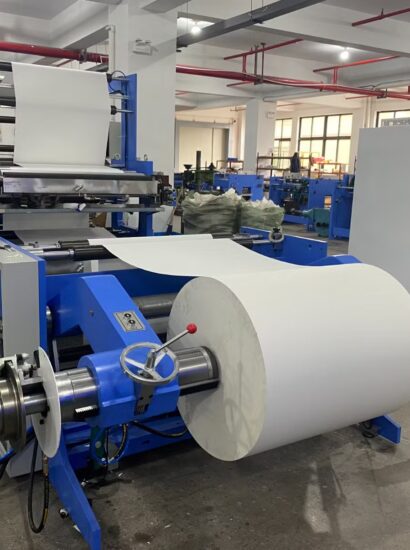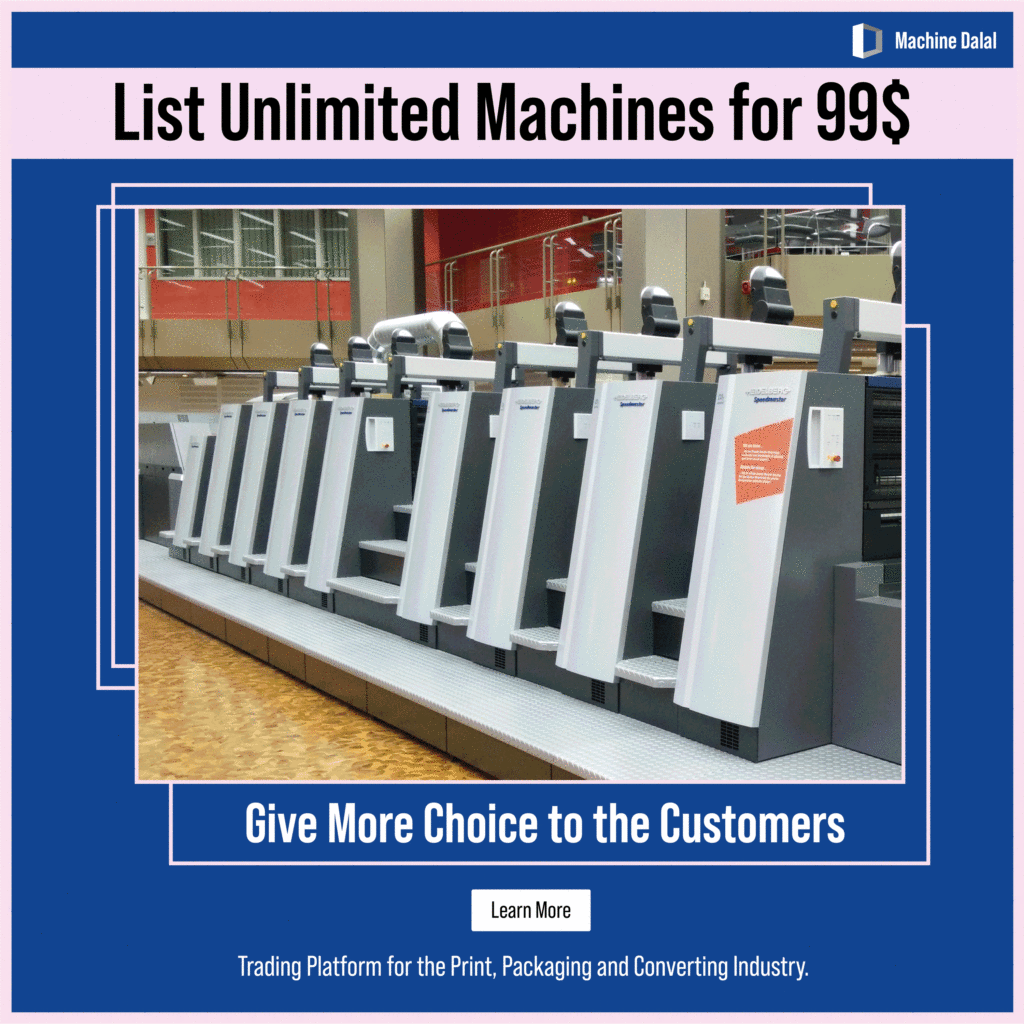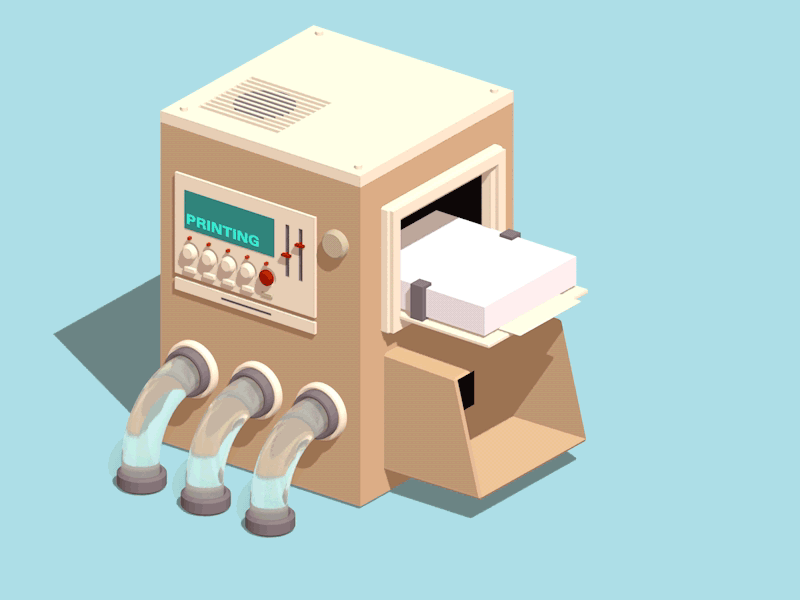Automation in bookletmaking is no longer just a trend for short-run jobs; it has become essential for commercial printers striving to remain competitive in today’s print landscape. With a diminishing pool of skilled labor entering the industry, the demand for fully automated and user-friendly equipment is more critical than ever.
The benefits of automated bookletmaking are numerous, including enhanced efficiency, significant cost savings, and superior quality with diverse finishing options. By investing in solutions that accommodate smaller quantities, variable data, and thicker applications—all while ensuring faster turnaround times—print service providers can thrive in the digital age. These advanced capabilities not only help attract more business but also boost profitability, positioning printers for long-term success.
The Need for Automation
Efficiency
One of the most significant advantages of automation is its ability to streamline processes and boost efficiency, regardless of the run length. Automated systems handle tasks that would otherwise require manual intervention, such as:
- Prepress Workflows: Automated tools manage file preparation, proofing, and color calibration, ensuring consistency and reducing errors.
- Press Operations: Advanced presses equipped with automation adjust ink levels, manage substrates, and monitor print quality in real-time.
- Post-Press Finishing: Automated finishing equipment handles folding, trimming, binding, and embellishments with precision, reducing turnaround times.
By automating these processes, businesses can increase throughput, meet tight deadlines, and maintain consistent quality across various print jobs.
Scalability for Long-Run Projects
While automation has traditionally been seen as a solution for short-run projects, it is equally beneficial for long-run jobs. In large-scale production, automation minimizes downtime and ensures uniformity across thousands of copies. Examples include:
- Inline Finishing: Automated inline finishing systems seamlessly handle high-volume binding, folding, and trimming without interrupting the production flow.
- Quality Control: Automated inspection systems identify defects in real-time, reducing waste and ensuring only flawless products reach clients.
Inline vs Offline Booklet making
When considering automation, printers often face the choice between inline and offline booklet making systems.
Inline Booklet making integrates the printing and finishing processes within a single workflow. This method is highly efficient, as it reduces handling time between different stages of production. Inline systems are ideal for high-volume jobs where speed is essential.
Offline Booklet making involves separate processes for printing and finishing. While this method can be more versatile—allowing for different finishing techniques or media types—it may require more manual intervention and time between steps.
Both systems have their pros and cons, but the trend is leaning towards inline solutions due to their efficiency and ability to produce high-quality outputs with minimal operator involvement.
Transitioning from Offset to Digital
The transition from offset printing to digital technologies is another critical aspect of modern booklet making. Digital printing allows for shorter runs without the need for extensive setup times associated with traditional offset methods. As customer demands shift towards more personalized products, digital printing becomes increasingly relevant.
Digital technologies enable printers to produce high-quality booklets quickly, accommodating smaller batch sizes that are becoming the norm in today’s market. This shift not only meets customer expectations but also aligns with sustainability goals by reducing waste associated with overproduction.
Reducing Job Costs and Improving Sustainability
Automation plays a crucial role in reducing job costs through optimized workflows that minimize waste and enhance resource management. For instance, automated preflight checks ensure that files are print-ready before production begins, significantly reducing the likelihood of costly errors.
Moreover, automated systems often incorporate features that enhance sustainability efforts—such as efficient paper usage and energy-saving technologies—aligning with the growing demand for environmentally responsible practices within the printing industry.
Positioning for Success in the Digital Age
The digital age has brought with it new opportunities and challenges for the print industry. Customers today expect personalized and high-quality products delivered in shorter timeframes. Automated bookletmaking equipment is perfectly suited to meet these demands, offering capabilities such as:
- Variable Data Printing (VDP): Automation simplifies the integration of variable data, enabling printers to create personalized booklets for marketing campaigns, event programs, and more.
- Thicker Applications: Advanced systems can handle thicker materials, such as high-quality covers or multi-page booklets, expanding the range of possible products.
- Faster Turnarounds: With automated systems, printers can complete projects in record time, ensuring that deadlines are met without compromising quality.
By investing in automation, print service providers can position themselves as leaders in the industry, capable of delivering innovative solutions that drive customer satisfaction and loyalty.
Attracting More Business and Increasing Profitability
Automation isn’t just about improving internal processes; it’s also a powerful tool for attracting new business and boosting profitability. Clients are more likely to choose a print service provider that can offer:
- Customization: Personalized booklets that cater to their specific needs.
- Consistency: High-quality results that reflect positively on their brand.
- Efficiency: Faster delivery times that help them meet their own deadlines.
These capabilities give automated printers a competitive edge, allowing them to win more contracts and build long-term relationships with clients. Additionally, automation opens the door to new revenue streams by enabling printers to offer specialized services, such as on-demand printing or custom booklet designs.
Enhanced Quality and Sustainability
Maintaining consistent quality is crucial in the print industry. Automation ensures precision and uniformity, reducing the likelihood of errors. Additionally, it promotes sustainability by:
- Minimizing Waste: Automated presses optimize material usage, reducing excess ink and paper.
- Energy Efficiency: Energy-efficient systems contribute to eco-friendly operations.
- Recycling: Automated sorting systems streamline recycling processes.
Preparing for the Future
As the print industry continues to evolve, automation will play an increasingly important role in shaping its future. To stay ahead of the curve, print service providers must embrace the potential of automated bookletmaking and invest in the right tools and technologies. Key trends to watch include:
- Artificial Intelligence (AI): AI-powered systems that optimize workflows and enhance quality control.
- Cloud-Based Solutions: Remote access to automated equipment for greater flexibility and scalability.
- Sustainability Initiatives: Eco-friendly automation that reduces waste and energy consumption.
Final Word
In conclusion, automation in booklet making transcends being merely a trend for short-run jobs; it has become an essential strategy for commercial printers aiming to remain competitive in a challenging market environment. By embracing automated solutions that enhance efficiency, reduce costs, improve quality, and accommodate current customer trends, print service providers can position themselves for long-term success in the digital age. The future of booklet making lies in intelligent automation—an investment that promises not only immediate benefits but also sustainable growth opportunities as the industry evolves.




